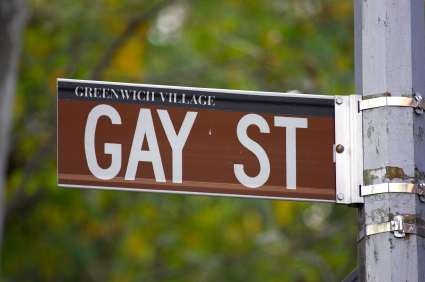Making the decision to choose an area for your next home is a complex one. You’ll need to consider the school district, if you have or plan to have children, proximity to work, and a vast array of other variables that making the right decision often seems overwhelming. A good area is a very subjective idea; one property may be perfect for one family, yet a deal breaker for another.
It’s important to identify a baseline set of criteria so that the subjective idea of a “good area” can be defined. In our experience, this is best accomplished by initially outlining a few key areas detailed below.
Work:
By far, the most important will initially be the proximity to work. Unless you actually enjoy the monotony of hour-long drives to and from work each day, you’ll likely want to live as close to work as possible, without sacrificing too many luxuries.
Begin by identifying a maximum travel time to work. This will create a radius around your place of employment that will help narrow down the areas you’ll have to choose from. You’ll discover that the larger the city you plan to move to, the more beneficial this particular exercise will be for your future home search.
Schools:
Do you have any children, or plan to? The school district will play an important role in your decision on choosing an area for your next home. Even resale values are affected by the school district regardless of your personal desires, so spending time in this area is definitely financially smart! We’ve already identified a target area around your work – now we’ll identify all of the school districts in this area and list each one in descending order from most desirable to least.
Some factors you may want to consider are student-to-teacher ratios, history of exemplary statuses, prior average grades in testing, and student size. Larger schools in an area with lower education budgets may experience higher student-to-teacher ratios than average, so carefully research each district using online tools such as http://greatschools.com.
As a rule of thumb, compare each district with your present school district to determine if you would be moving up or down in quality, compared to your children’s current school district.
Age of the Area:
Newer, undeveloped areas are in a constant state of change. You may see a steady increase in home values in new areas if the supply is kept within a modest range of demand. In some cases, the mere fact of builder competition alone will keep prices low while they are still developing an area, which can cost money if you unexpectedly need to sell right away.
Areas with older homes are opportunities to find properties recently renovated, or homes that exhibit a desirable, traditional characteristic that a new home simply doesn’t provide. Home prices in older areas are also more stable and less subject to the ebb and flow of the real estate market.
Responsibility comes with age, unfortunately. Older homes may be more subject to repair costs, and lack many energy efficient features that a newer home can provide.
Choosing the Perfect Area:
Work your way through the above exercise to get a clear picture of the ideal location for your next home. When in doubt, be sure to contact a Top Realtor at GayRealEstate.com to get expert guidance on the discovery process. As professionals that do this day in and day out, we’ve developed a keen sense for uncovering the needs that ultimately drive the decision on where to move. We are experts in the real estate market; who better to talk to?
Contact a GayRealEstate.com agent today to get started.
Jeff Hammerberg is the Founding CEO of www.GayRealEstate.com the Nation’s Largest Free Directory of Gay, Lesbian and Gay Friendly Realtors ~ Offering Free Buyers Assistance / Free Sellers Market Analysis and a Free Relocation Kit to Any City, USA.



